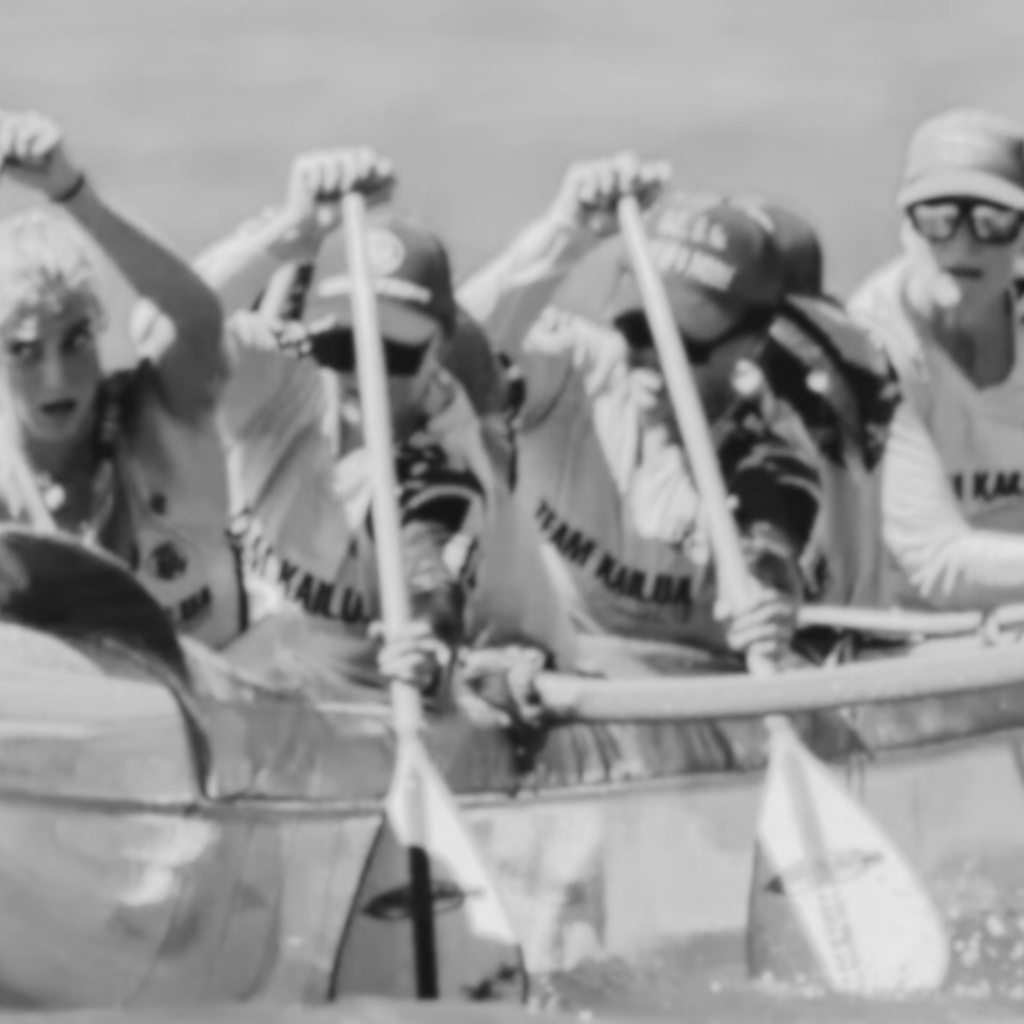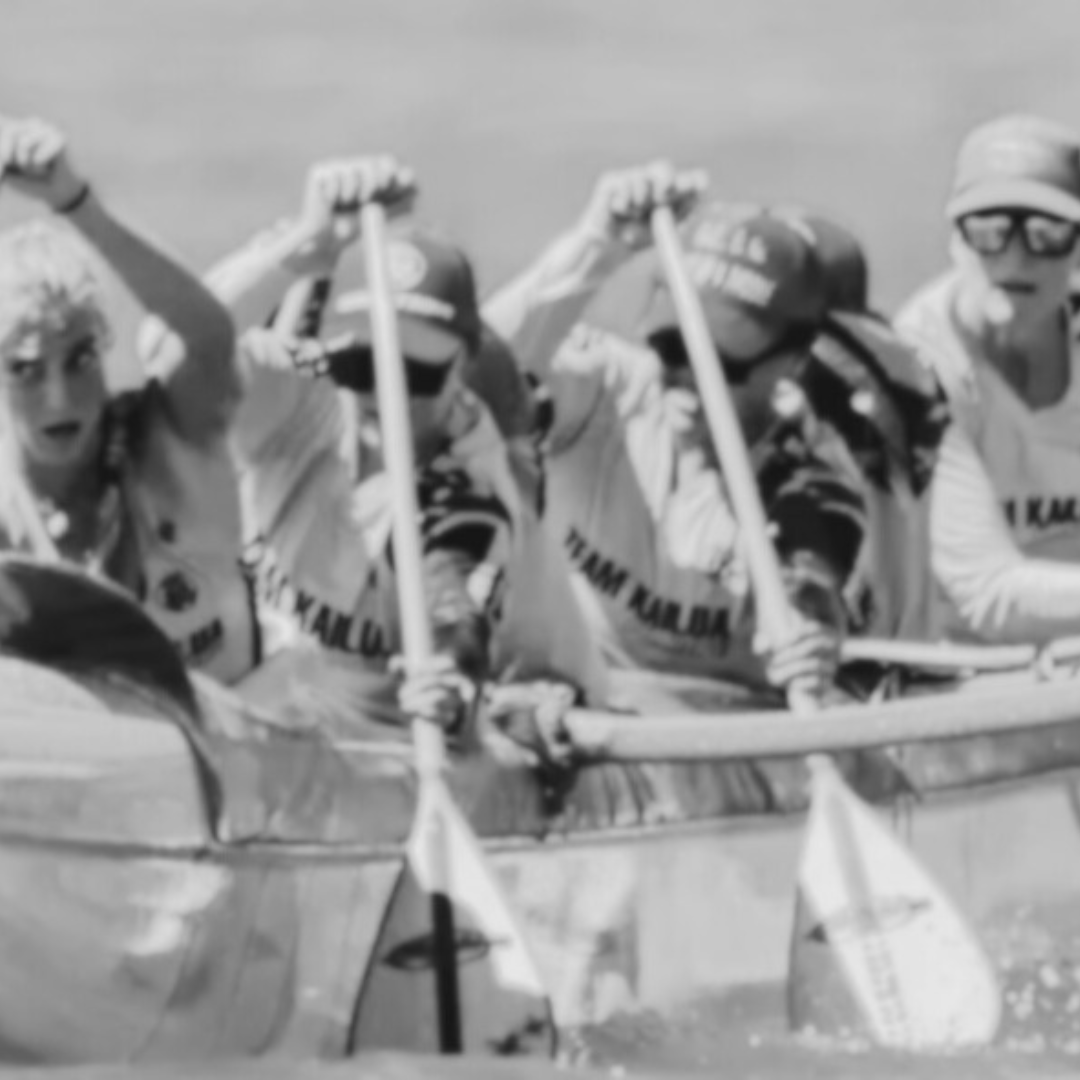Shoulder Pain in Paddling & Surfing: Causes & Treatment

For water enthusiasts across Hawaii, shoulder pain from surfing and paddling can quickly transform paradise into discomfort. Whether you’re paddling out to catch the perfect wave or enjoying a paddling session, shoulder injuries are among the most common complaints for ocean athletes.
At Evolve Hawaii Physical Therapy, we understand that effective treatment goes beyond simply masking symptoms—it requires addressing the underlying causes of shoulder dysfunction. This comprehensive approach is why our patients return to the water stronger than before.
If you’re experiencing shoulder pain while surfing or paddling, you’re not alone. Shoulder pain in paddling often comes from overuse and improper mechanics.
Why Do Paddlers & Surfers Experience Shoulder Pain?
The Biomechanics of Ocean Sports
Paddling and surfing place unique demands on the shoulder joint. During these activities, the shoulder must simultaneously provide stability and mobility while often working against considerable resistance from water and waves.
Many paddlers experience shoulder pain, often due to rotator cuff issues. The repetitive overhead motions involved in paddling—whether with a paddle or using your arms—create significant stress on the rotator cuff muscles, labrum, and surrounding tissues. Shoulder pain in surfing is common due to repetitive paddling motions. For surfers, the combination of paddling (which accounts for up to 95% of surfing activity) and explosive pop-up movements creates a perfect storm for shoulder injuries.
Common Shoulder Conditions in Water Athletes
Several conditions frequently affect paddlers and surfers:
- Rotator Cuff Tendinopathy: Inflammation and degeneration of the tendons that stabilize the shoulder joint
- Subacromial Impingement Syndrome: Compression of tendons and bursa between the acromion and humeral head
- Labral Tears: Damage to the cartilage rim that deepens the shoulder socket
- Shoulder Instability: Excessive laxity in the shoulder joint that compromises function
- Thoracic Outlet Syndrome: Compression of nerves and blood vessels between the collarbone and first rib
Risk Factors That Increase Vulnerability
Several factors increase the likelihood of developing shoulder pain:
- Muscular Imbalances: Overdevelopment of certain muscle groups while others remain weak
- Poor Technique: Inefficient paddling mechanics that place unnecessary stress on shoulder structures
- Training Errors: Excessive volume or intensity without adequate recovery
- Limited Mobility: Restrictions in shoulder and thoracic spine movement
- Previous Injuries: History of shoulder problems that weren’t properly rehabilitated
Beyond Symptom Management: Physical Therapy’s Comprehensive Approach
While pain medications, rest, and ice can temporarily relieve discomfort, these approaches don’t address the underlying dysfunctions that caused the problem in the first place.
Comprehensive Assessment
Effective treatment begins with thorough evaluation. At Evolve Hawaii PT, we conduct detailed assessments that include:
- Biomechanical analysis of paddling and surfing movements
- Strength testing of the rotator cuff and scapular stabilizers
- Evaluation of mobility in the shoulder, thoracic spine, and cervical spine
- Assessment of posture and movement patterns
- Screening for neurological involvement
This comprehensive approach allows us to identify not just where it hurts, but why it hurts—the true starting point for effective treatment.
Best Exercises for Surfers and Paddlers with Shoulder Pain
Based on our assessment findings, we develop individualized treatment plans that may include:
1. Correcting Movement Patterns
Poor movement patterns place unnecessary stress on shoulder structures. Our therapists provide hands-on guidance to retrain proper scapulohumeral rhythm and paddling mechanics, reducing strain on vulnerable tissues.
2. Strengthening the Rotator Cuff
We implement targeted strengthening programs focusing on:
- Rotator cuff muscles that provide dynamic stability
- Scapular stabilizers that create a strong foundation
- Core musculature that transfers force efficiently
- Posterior chain activation to distribute workload away from the shoulders
3. Improving Mobility & Flexibility
Restrictions in joint mobility can force compensation patterns that stress the shoulder. Our manual therapy techniques and mobility exercises restore normal movement to:
- Glenohumeral joint (ball and socket)
- Scapulothoracic joint (shoulder blade on rib cage)
- Thoracic spine
- Cervical spine
4. Sport-Specific Shoulder Rehab
We progressively reintroduce sport-specific demands, carefully monitoring tissue tolerance and movement quality. This includes:
- Simulated paddling with resistance bands
- Controlled paddling in protected environments
- Gradual return to wave conditions
- Technique modification when necessary
5. Preventing Shoulder Injuries in Paddling & Surfing
Once the immediate issue is resolved, we focus on preventing recurrence through:
- Customized maintenance exercise programs
- Equipment modifications (paddle length, board shape, etc.)
- Training load management guidance
- Regular movement screenings to catch potential problems early
Real Results: Beyond Symptom Relief
Our approach delivers outcomes that go beyond pain relief:
- Improved Performance: Many patients report enhanced paddling efficiency and stroke power
- Greater Endurance: Proper mechanics reduce energy expenditure, allowing longer sessions
- Reduced Injury Risk: Addressing underlying issues decreases the likelihood of recurrence
- Sustainable Activity: Continuation of beloved water activities throughout life
When to See a Physical Therapist
Don’t wait until shoulder pain sidelines you completely. Consider consulting with our specialized physical therapists if you:
- Experience pain that persists beyond a few days
- Notice a decrease in paddling power or endurance
- Feel clicking, catching, or instability in your shoulder
- Have difficulty reaching overhead or behind your back
- Observe changes in your technique due to discomfort
Early intervention typically leads to faster resolution and prevents the development of compensatory patterns that can create additional problems.
The Evolve Hawaii PT Difference
We take pride in our holistic approach—treating not just the shoulder, but the entire kinetic chain and considering all factors that contribute to your pain. Our goal isn’t simply to get you back on the water; it’s to help you perform better than before with sustainable, pain-free movement.
Don’t let shoulder pain keep you from enjoying what you love. Book your free call now with Dr. Alex to get you on the path to healing.
Seeking more support?
Book Your Free Call with Dr. Alex Today!
shoulder pain surfing, paddling injuries Hawaii, rotator cuff treatment, surfer’s shoulder, physical therapy for paddlers, shoulder impingement surfing, Hawaii sports rehabilitation, ocean athlete injury prevention, surfer shoulder exercises, paddling biomechanics, Honolulu physical therapy
March 18, 2025
Alex Langford

Join our weekly newsletter to receive expert health tips, actionable insights, and updates on upcoming events and programs.